How often do the efforts of small and budding startups get recognised? Founded in 2014, we are a design & development studio with 30+ workforce serving our clients around the world. Recently, we got a chance of getting featured on a platform like GoodFirms, to show our side of the story – the working strategy and efforts that we put behind every project assignment.
For a company like ours, our clients matters a lot and what they have to say and how they feel about us is of paramount importance. GoodFirms provides a platform where our clients can share their experience working with us; which creates a genuine and trustworthy impression for our potential clients encouraging them to work with our team of experts. Platforms like GoodFirms are those great tools that help you get feedback in a comprehensive manner. So it’s not just all mushy and nice things said about us. Clients get to express themselves in detail on all the fronts where we’re good and where we fell short.
Thus when goodfirms decided to interview our CEO and ask us more about our work, our processes and what makes us one of those coolest app developers out there, we couldn’t be happier.

Here’s how the questionnaire went by:
- Please introduce your company and give a brief about your role within the company?
Creole Studios is a software design & development studio that focuses on building bespoke software systems on mobile, web and cloud platforms. We work with clients across the globe, be it start-ups, SMEs or large corporations. We built apps and systems based on what they need and how their business functions.
My role at the company includes overseeing the high-ticket, top priority projects and coordinating with those clients. Along with that, I lead the business analysis and design teams in order to set a precedence on our creative and engineering levels. Lastly, I implement the company’s growth strategy and annual plan by working with the department heads of technical departments, talent acquisition team & accounting department.
- What was the idea behind starting this organization?
The idea behind the company was simple: Build software that actually makes a difference. However small or big the difference might be, it needs to make an impact. There are several software services companies out there today doing the same type of work that we do. But most of them would do any project that is offered to them. They just want to ship the product and not care much about its end value for the customer that’s actually paying money for it. We set up our studio to build products that ensures that the customer gets the worth of his money that he spent on our services.
- What are your company’s business model–in house team or third party vendors/ outsourcing?
We’re an in house design & development team. All our processes from conceptualisation, design, development, testing & deployment is done within our studio by our team members. We do collaborate with third party vendors as and when a project requires us to do so. But mostly the production is carried out within our offices.
- How is your business model beneficial from a value addition perspective to the clients compared to other companies’ models?
Most companies in our domain follow either a fixed cost model and an hourly billed model. In fixed cost model, companies quote a lump sum price for the entire project and when the project gets stretched for too long, they start making losses and hence they lose interest in the project, which results in deteriorated quality of work being delivered. In hourly billed projects, teams get extra comfortable and take the client for granted. They even bill the client for the time they take for resolving the bugs, which isn’t appropriate. Why should the client pay for the mistakes that you made?
Our business model ensures that neither of these scenarios occur on our end. If we take a fixed cost project, we work out a payment instalment structure based on deliverables being delivered. Thus, the client releases payment only when they get some deliverable from our end. This reduces their risk of a big chunk of payment, and it also keeps us motivated to keep releasing deliverables on time to ensure that our cashflow doesn’t get choked up due to our internal delays. For hourly projects, we never bill the clients for our bugs. Our timesheets clearly mention the billable and non-billable hours separately, so all our clients are well aware of the time we spent building their system and the time it took us to resolve all the bugs. All those hours that we took to clear up all issues, that’s our internal burn. That’d motivate us to keep our processes efficient so that the burn rate is as low as possible.
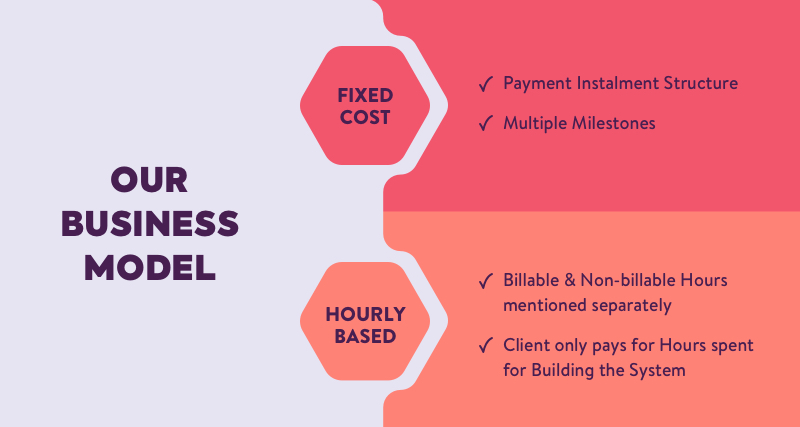
- What industries do you generally cater to? Are your customers repetitive? If yes, what ratio of clients has been repetitive to you?
We’ve worked with businesses from several different industries. Some of our premium clients belong to Real Estate, E-Commerce, FMCG, Personal Coaching, Food & Beverages, Healthcare, Lifestyle & Entertainment, Humanitarian Organizations, etc. Several of our clients from these domains continue to work with us after their first project is completed. Our client repeat rate ranges from 60% – 70%.
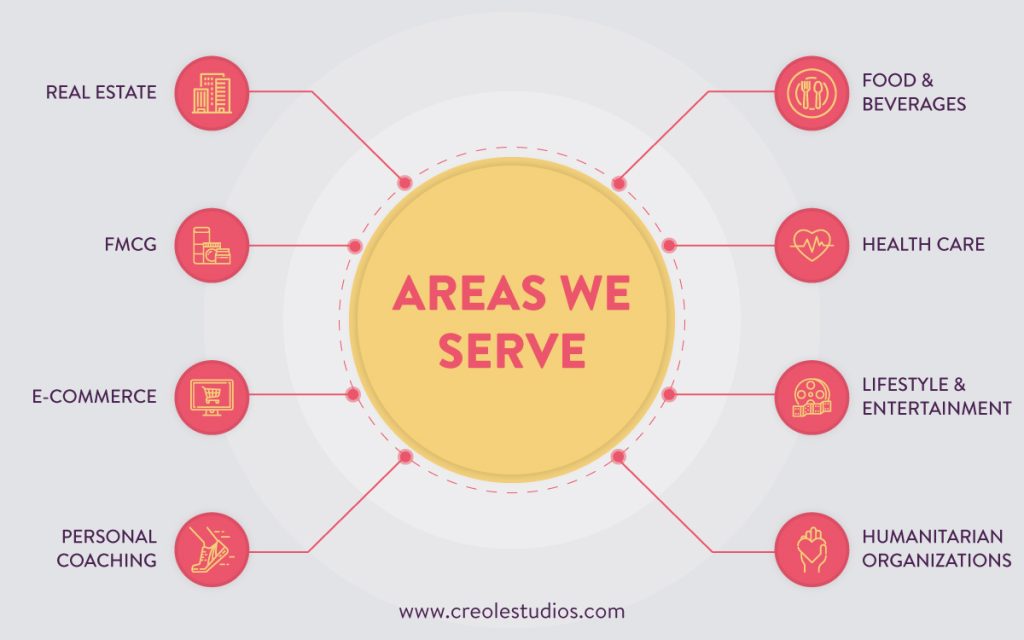
Mobile Application Development and Designing
- Mention the objectives or the parameters critical in determining the time frame of developing a mobile app.
The most critical parameters in determining the time frame of developing a mobile app include: thorough requirement understanding between all stakeholders, bulletproof wireframing, efficient & programmer friendly UI designs, and finally well-experienced programming teams with good logical understanding skills. If all these parameters are checked off, then determining the timeline of developing a mobile app can be done fairly accurately.
- How much effort in terms of time goes into developing the front end and back end of a mobile app?
Developing the front-end of the app is as effort intensive as developing the logic of the app. When we talk about front-end, there’s design, there’s prototyping the UX, there’s data caching locally in app’s sandbox. Most companies don’t spend so much efforts in building the front-end of the app. They simply integrate the designs given to them by the designers and then straightaway jump into back-end coding. That’s not the right way to deal with the development of the mobile app. If the front-end of the app is developed with proper attention, then it goes miles in offering a remarkable user experience when the app is ready.
Building the back-end of the app is comparatively easy. Yes, it can certainly get complicated and hard considering that it has to deal with code and scripts. But its binary, either it’s going well, or it’s not. There are no grey areas in that. Hence there are higher chances for more efforts being spent in the front-end side of the app compared to back-end development. As for the exact time needed in both areas, it usually depends on the type of app being developed. If the features are many and complicated, then it takes months, otherwise if the app is simple and small then it can also be done within weeks.
Mobile Application Platform
- What are the key parameters to be considered before selecting the right platform for a mobile application?
Following are the key parameters to be considered before selecting the right platform for a mobile application:
- Target audience and its demographics.
- Which platform of smartphone are they using? Is there one platform being used significantly more than the other?
- Technical feasibility of features. Some features cannot be implemented on iOS platform considering its closed development environment, while in Android that’s not the case.
- Budget of the project. Initially, if the budget is less, only 1 platform can be focused and later on the app can be launched on the next platform after gaining some initial traction.
- Competitive analysis. If there’s a direct competitor, then their strategy should be studied before making a decision on which mobile platform would be right for the project.
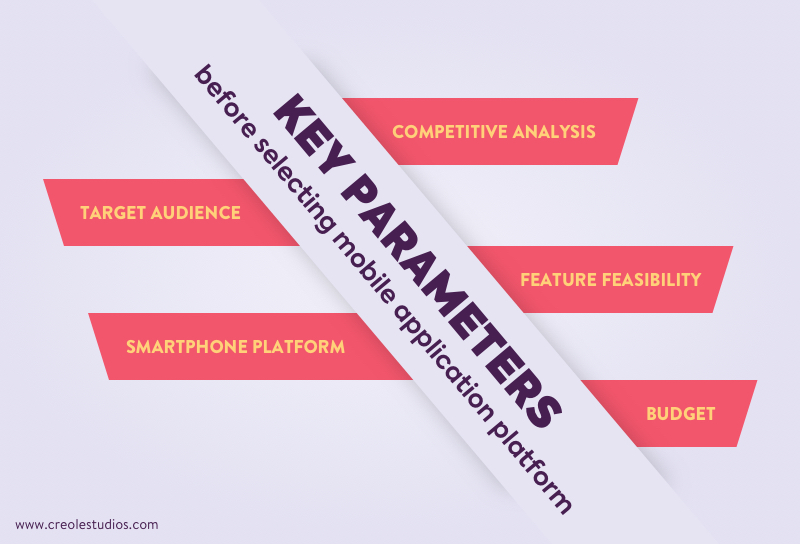
- Which platform do you suggest your clients to begin with when they approach you with an idea (Android or iOS) and why?
As mentioned in the last answer, there are multiple factors which are responsible for determining which platform would be best for the client’s project. This cannot be a personal suggestion based on our preferences. It has to be an objective decision after studying the factors in front of us. But in most cases, it’s better to cover both platforms so that the app gets a maximum outreach from the day it is launched.
- Android or iOS, Native or Hybrid — which platform is best to use to build your app? What are your recommendations?
We were hard-core fans of Native SDKs so far. But lately since the past 2 years, we’ve been smitten with the new kid on the block – React Native. This Hybrid framework has shown us the promise that we had been looking for in all the previous hybrid and cross platform mobile app development technologies, but we couldn’t find it anywhere, until now. React Native in our opinion is the best option right now because it’s based on JavaScript and it works beautifully with the Native code too if needed. Their developer community is growing and the library is also maturing well with time. This allows us to build apps for both platforms which helps in reducing the client’s production costs significantly.
Mobile Application Cost
- What are the key factors that you consider before deciding the cost of a mobile application?
Following are the factors that significantly impact the cost of building a mobile app:
- List of features
- UI & UX requirements
- Future scalability plans
- Types of functionalities (proven/feasible/research-based)
- Fresh development, or Re-developing from existing code-base
- Single team production, or multi-team with remote/onsite requirements
- What kind of payment structure do you follow to bill your clients? Is it Pay per Feature, Fixed Cost, Pay per Milestone (could be in phases, months, versions etc.)
We follow 2 types of payment structures: Fixed cost model in which we give a lump-sum quote for the entire project’s production, but the payment is distributed across multiple milestones each associated with some specific deliverables. But if the project is big and involves complicated features then we also offer hourly-billed model to our clients, where we maintain detailed timesheets for all the work that we do every day, on each task, and we send these timesheets to our clients at the end of the week. Later on, the billing is done at the end of the month based on the total number of hours that we billed in our weekly timesheets.
- Do you take in projects which meet your basic budget requirement? If yes, what is the minimum requirement? If no, on what minimum budget you have worked for?
We have a minimum threshold of $5000. We don’t participate in any assignments below that amount. But having said that, we don’t take in all the projects that have a ticket-size bigger than that. We evaluate each project individually and then based on various factors, we decide on whether we should take the project or give it a pass.
- What is the price range (min and max) of the projects that you catered to in 2018?
Oh, that range is quite big. We’ve taken projects ranging from $7,000 to $50,000. In 2019 these numbers got even further away from each other. Size of the project isn’t the factor that we’re aiming for. The project has to have some substance, some value and we should be able to contribute our skills to it. Otherwise there’s no point in pursuing projects that don’t match our skills and talents.
- Which business model do you suggest to your clients enabling them to generate revenue from mobile applications? Why?
A subscriptions based model, or an intelligently thought-through Freemium model. These are the two most impactful revenue generating business models in today’s times. Apps like Netflix, Spotify, New York Times, etc have shown the true power of subscription model. If you’ve got a good source of content that you can distribute, then regardless of the size of your audience, an ongoing subscription would bring in a large chunk of revenue compared to a one-time fee. If you don’t have an ongoing content being distributed, but you do have some features that are irresistibly good, then it’s best to wrap them up in a good Freemium model where the users can try the basic product for free, then once they get hooked onto it, they wouldn’t think for a second before buying your premium offerings. Candy Crush, Fortnite, Snapchat, YouTube, etc. have mastered this strategy.
Visit our profile on GoodFirms: Creole Studios

Read Full Interview on GoodFirms
We are grateful to GoodFirms for providing us an opportunity where we are able to share the work and efforts that our team lays on every project. solution-focused working approach We look forward to more and more client reviews and we’ll keep working our best to maintain our stellar record on GoodFirms.
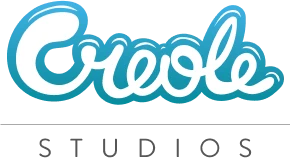





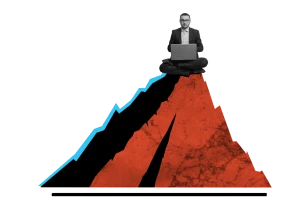




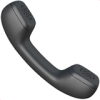 30 mins free Consulting
30 mins free Consulting 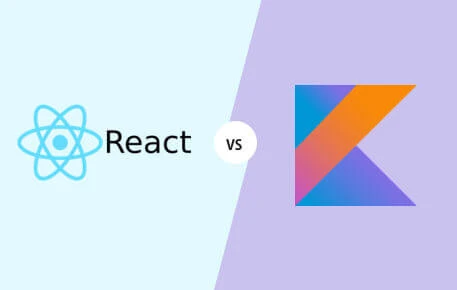
 6 min read
6 min read 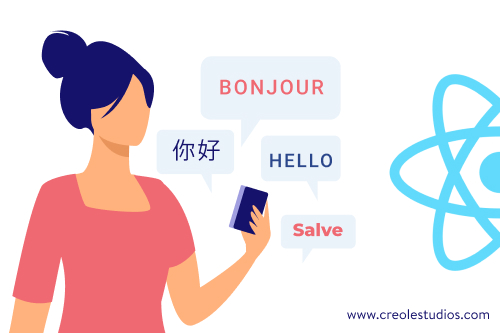
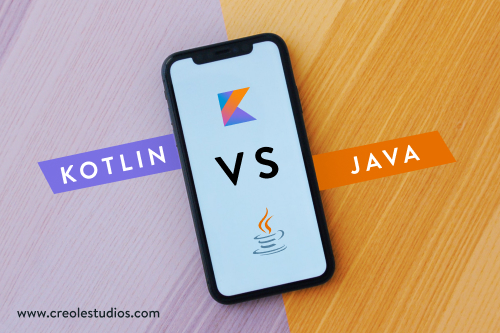
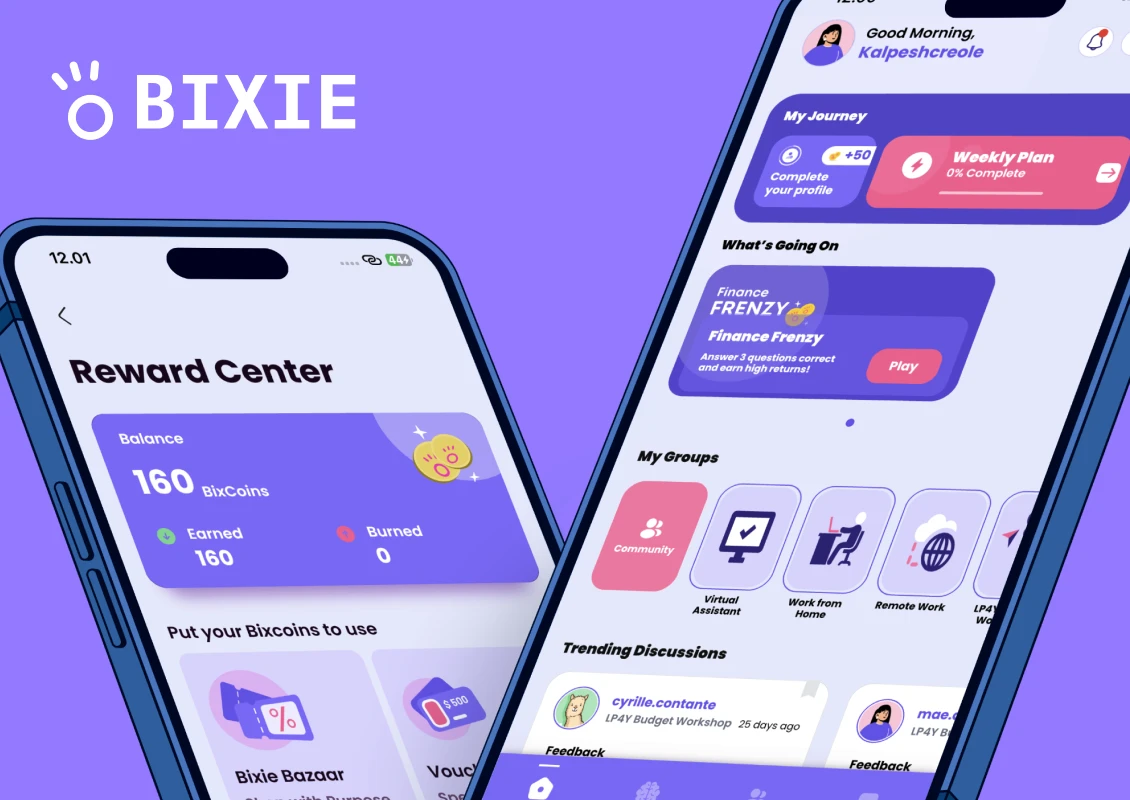
 Singapore
Singapore 
 USA
USA 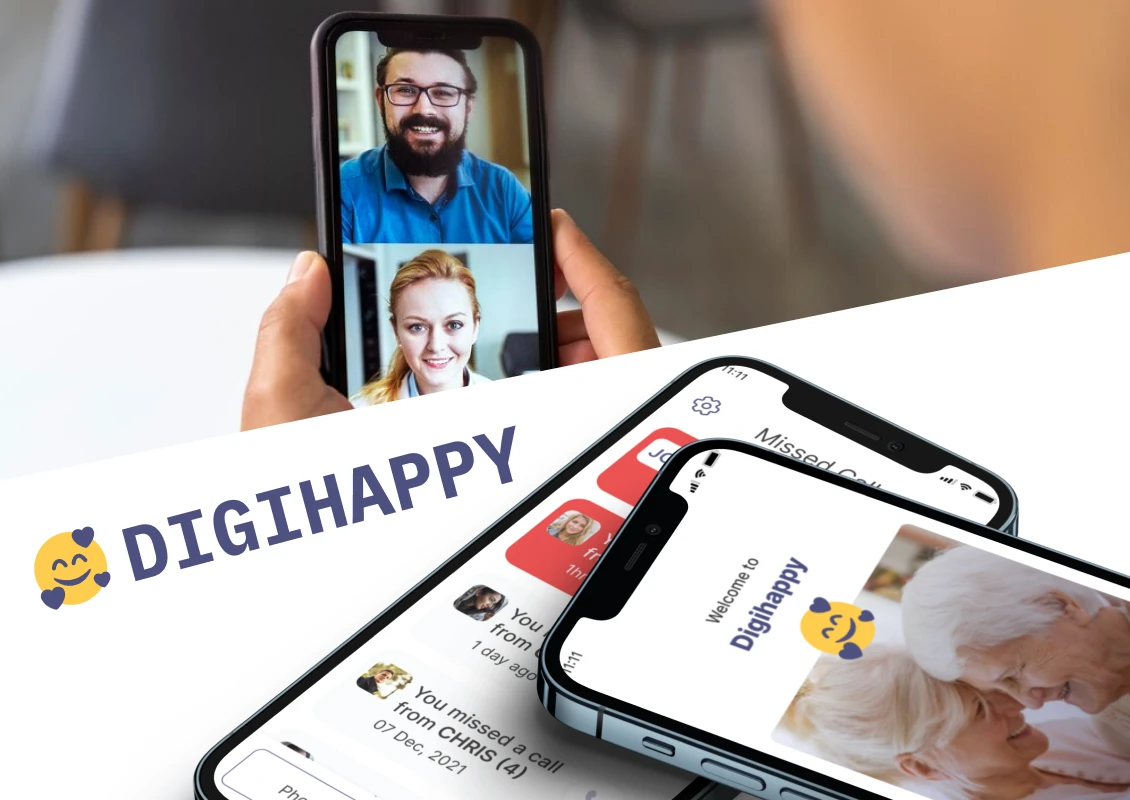
 Finland
Finland 





 Love we get from the world
Love we get from the world 